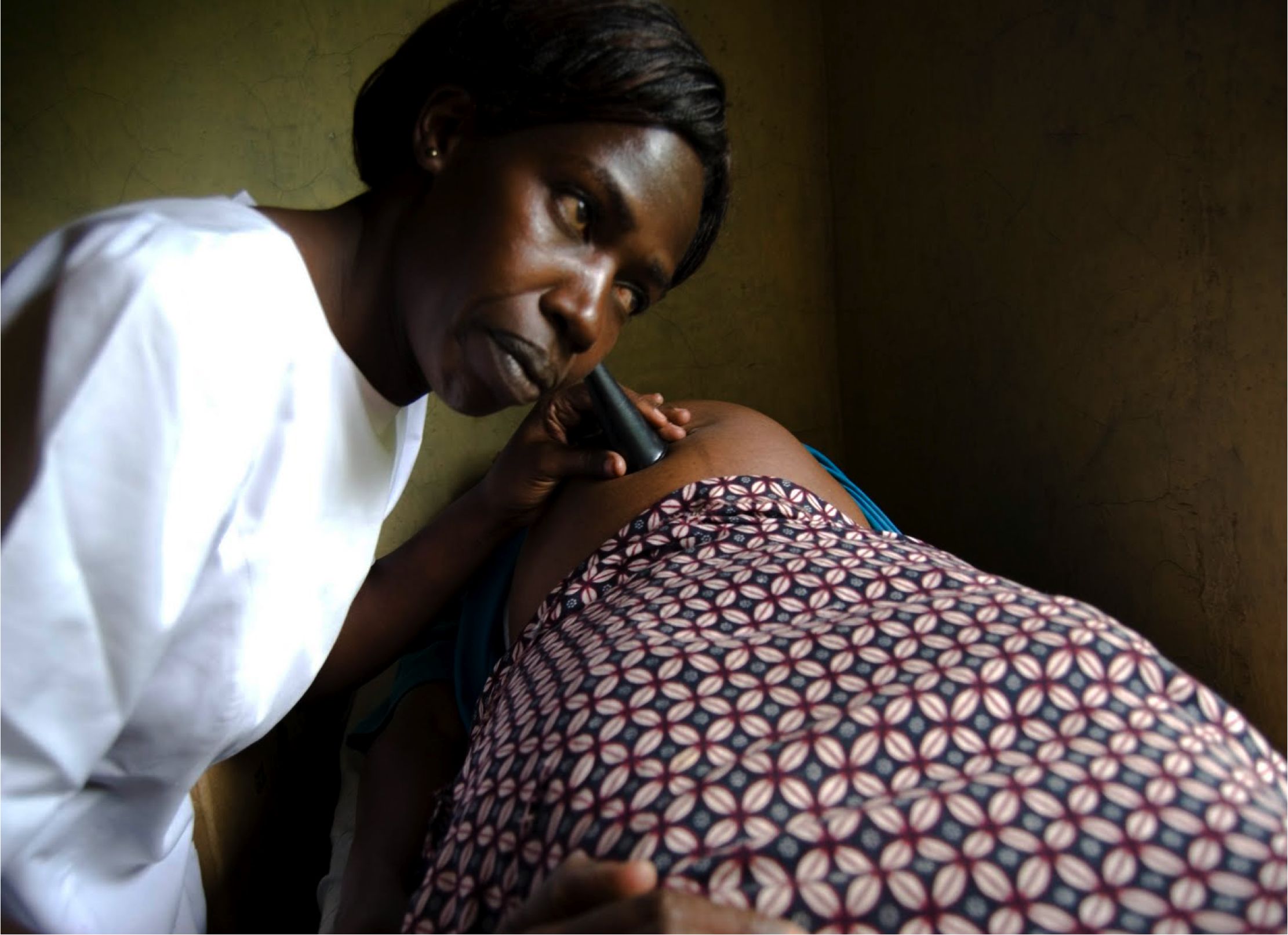On the March 1st 2013 the randomized controlled trial with the aim to determine the most efficient way to monitor fetal heart rate, using fetoscope vs. wind-up handheld Doppler was started in Muhimbili National Hospital in Dar es Salaam and Haydom Lutheran Hospital in Manyara Region, Tanzania.
Today, in most low-income countries, the Pinard fetoscope is used by midwifes to monitor fetal heart rate. However, the technique is not easy and it is difficult to take measurements as frequently as recommended. In most labor wards in low-income countries there are few midwives and many deliveries. Intermittent fetal heart rate measurement by fetoscope every 15min as per guidelines is therefore not feasible.
Recent research at Haydom shows however that intermittent detection of an absent or abnormal fetal heart rate using a fetoscope is associated with fresh still birth, increased neonatal resuscitation, birth asphyxia and neonatal death in a resource limited setting. The likelihood of an abnormal fetal heart rate is magnified with labor complications.
Hence, the ability to detect the fetus at risk during and immediately after labor is key and a critical catalyst for timely interventions to reduce deaths and morbidity. In western countries continuous electronic fetal heart rate monitoring is the “gold standard”. About two decades ago research concluded that Doppler ultrasound monitoring should be promoted in low resources countries where electronic monitoring is not feasible. However, there has been no advancement in fetal heart rate monitoring since then.
Laerdal Global Health in cooperation with Laerdal Medical AS is now in the process of developing the Laerdal Fetal Heart Rate Monitor. In the second phase of the randomized controlled trial, this monitor will be tested against the best device from the first phase. Using innovative ultrasound technology the Laerdal Fetal Heart Rate Monitor will consist of one probe including several Doppler transducers ensuring easier fetal heart rate detection. Software will be developed for automatic intermittent assessments.
